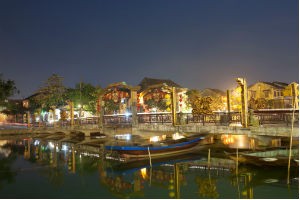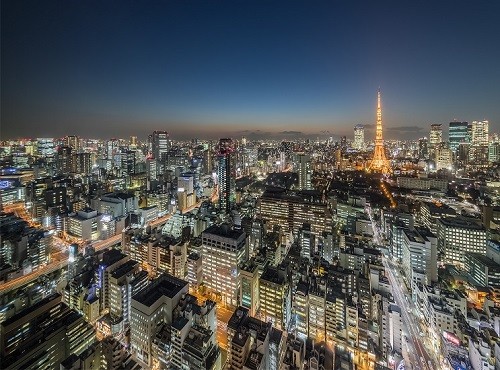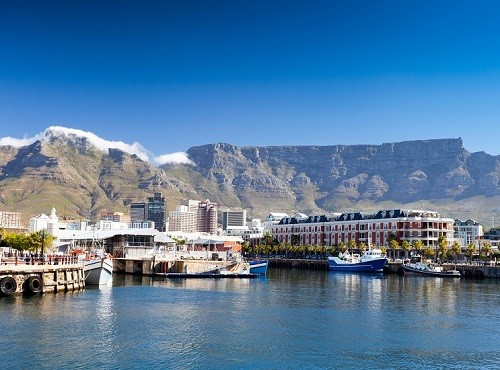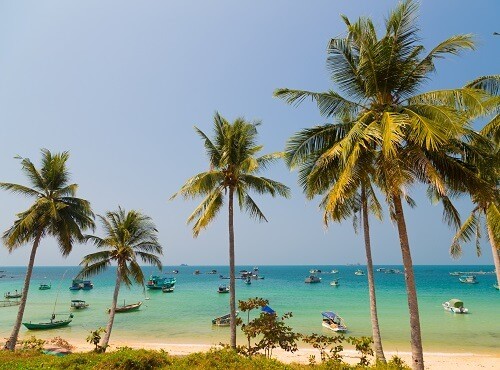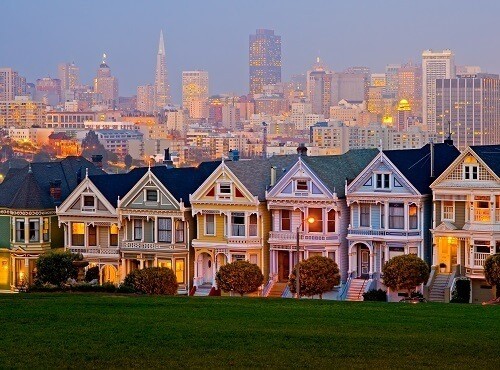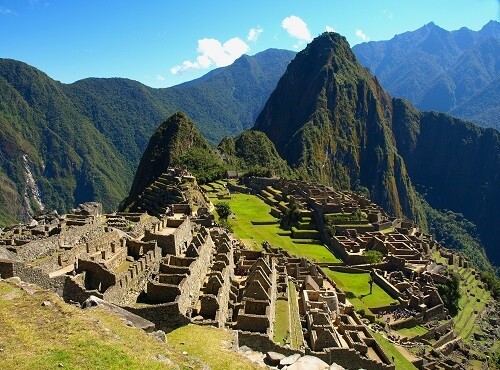If you’re the kind of traveller who’s always looking for the next up-and-coming destination, make sure Hoi An in Vietnam is on your list.
In the recent Wanderlust Travel Awards, the city came in third, behind Luang Prabang in Laos and Bagan in Burma, indicating that there are several spots in south-east Asia that are worth visiting at the moment.
But back to Hoi An – a charming city where it feels as though time has stood still. This was once a thriving Vietnamese port, until the Thu Bon River silted up in the late 19th century, making passage for larger ships impossible. This resulted in the city being caught in something of a timewarp, which is one of its major appeals for travellers today.
Imagine a place where traditional Vietnamese architecture is the norm – here you’ll find low, tiled-roof houses, with decorative wooden panels fronting many of the homes and businesses that line Hoi An’s narrow streets. The architecture is reminiscent of what you can see in Japan and China, an indication of the cultures that have influenced the city’s development in the past.
Among the houses and shops are pagodas, temples and other community buildings, tucked away and just waiting to be discovered. Such is the historical importance of Hoi An, it has been named a UNESCO World Heritage Site.
One of its most recognisable monuments is the Japanese Covered Bridge and its pagoda. It is believed to date from the 16th century, although restoration has been carried out on the picturesque wooden structure over the years.
For a glimpse into traditional life in Hoi An, pay a visit to Tan Ky House, a Vietnamese property that has been lovingly cared for by seven generations of the same family. Elements of Japanese and Chinese design can be seen here, as can a hint of European design (look closely at the carvings on the wooden balcony).
Make sure you don’t simply retreat to your hotel after dark, either, as this is when the Old Town is at its most beautiful. Traditional lanterns illuminate the streets and alleys, highlighting the wares in shop windows, while many of the locals will take advantage of the cooler temperatures around dusk to do their shopping and socialising.




